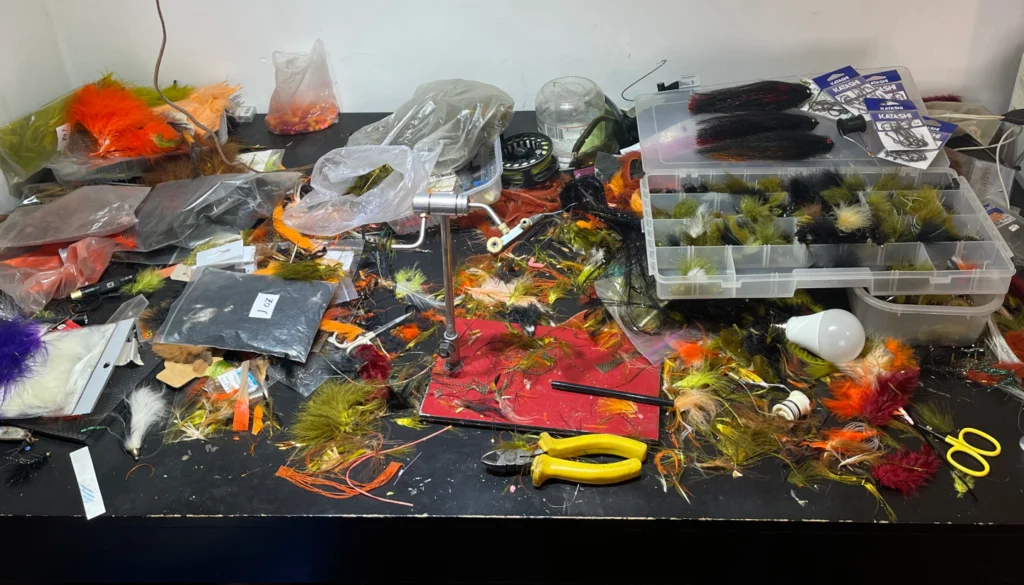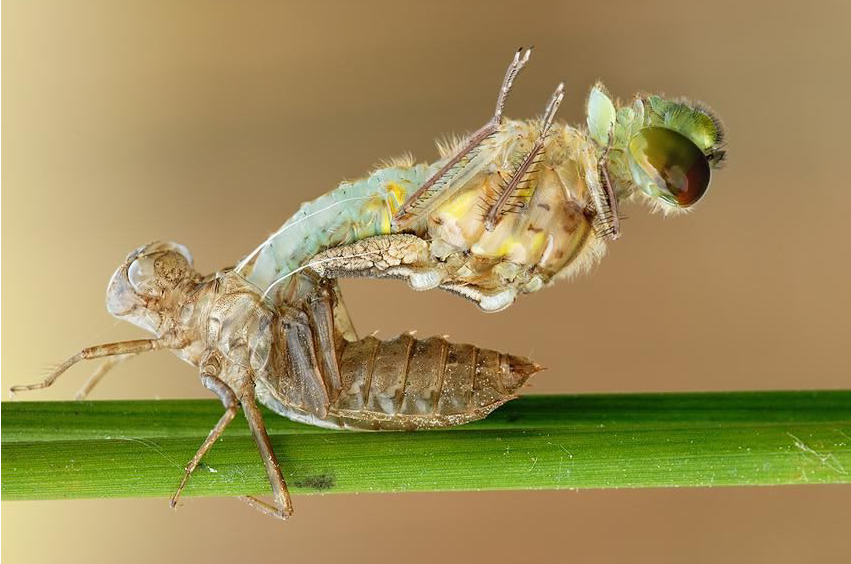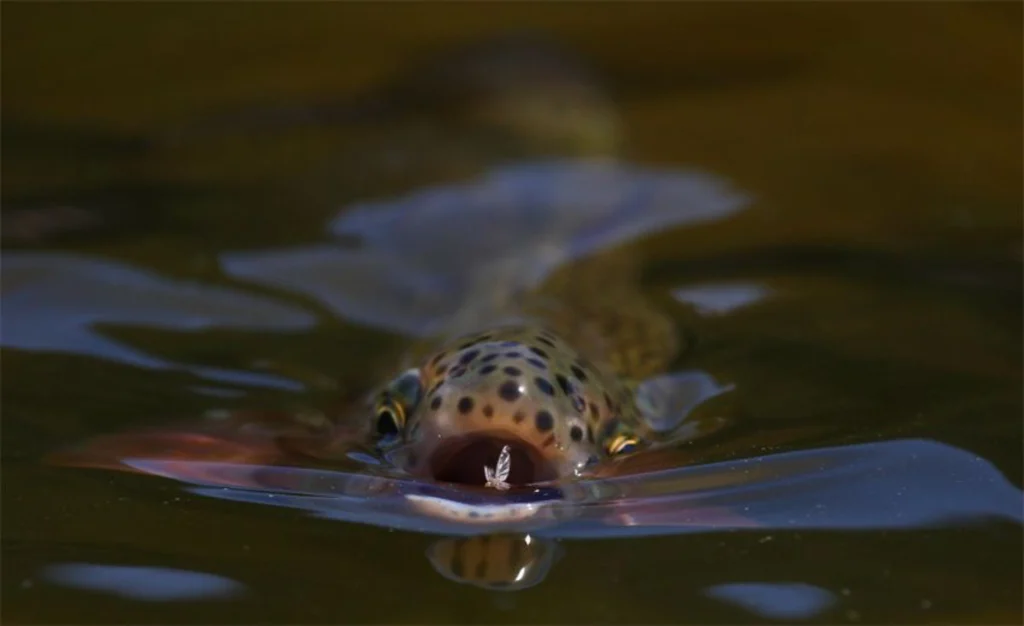Let's Talk about Flies
Home - Let's Talk about Flies
Search Here
Recent Posts

Need Help? Call Us
+54 9 2944505509

When we thought about the best way to kick off our blog, the answer became clear: flies deserved that honor. After all, fly fishing wouldn’t be nearly as fascinating without the immense world of flies and fly tying. Tying our own patterns opens up endless opportunities for creativity, customization, and the chance to deceive fish with something uniquely ours. That’s why flies will not only inaugurate this blog but also appear as a recurring topic in the posts to come.
Our goal is to share the flies we use most often on our waters. Since we fish for trout, many of our patterns are similar to those used worldwide for the same species. Still, regional differences in conditions and prey mean that variations in size, color, and style often play an important role in success.
Flies for the Atlantic Basin
Our Atlantic Basin (see our site on Fishing in the Nahuel Huapi National Park for more details) is generally home to larger fish. This is closely linked to the abundance of crustaceans—in particular two: the freshwater crab Pancora (Aegla sp.) and the freshwater crayfish (Samastacus sp.). Both form a crucial part of salmonid diets here, allowing some fish to grow to exceptional sizes.
That’s why, in places like the Limay River and Nahuel Huapi Lake, we don’t shy from tying and using massive streamers, sometimes featuring multiple articulations and stretching up to 6–8 inches long. These are patterns worth entire posts of their own. At the same time, these waters also allow for the classics: delicate dry flies for mayflies (Ephemeroptera) or caddis (Trichoptera), as well as tiny nymphs to match midge pupae and other classics.
Flies for the Manso Basin
Our beloved Manso Basin, on the other hand, usually produces slightly smaller fish (averaging around 18 inches), although it can surprise us with larger brown trout. If there is one particular species that truly defines this basin it is the abundance of dragonflies and damselflies (Order Odonata—with Anisoptera and Zygoptera being most common infraorders). Their nymphs keep our trout well fed year-round, and their emergence into winged adults creates one of the highlights of our season: the spectacular Odonata hatch in late December and early January.
This hatch brings thrilling dry-fly action. Large foamy imitations provoke explosive takes and unforgettable fights, with good days bringing double-digit strikes. Few experiences in fly fishing can rival the adrenaline of watching a trout hammer a dragonfly imitation on the surface.
In the coming posts we will be sharing our most used flies, including tying instructions, general comments on what and how we like to use the materials for these flies and also how we like to use them on the water. Stories about some of these flies being protagonists will also make their way into this blog. Stay tuned for many great posts to come.




